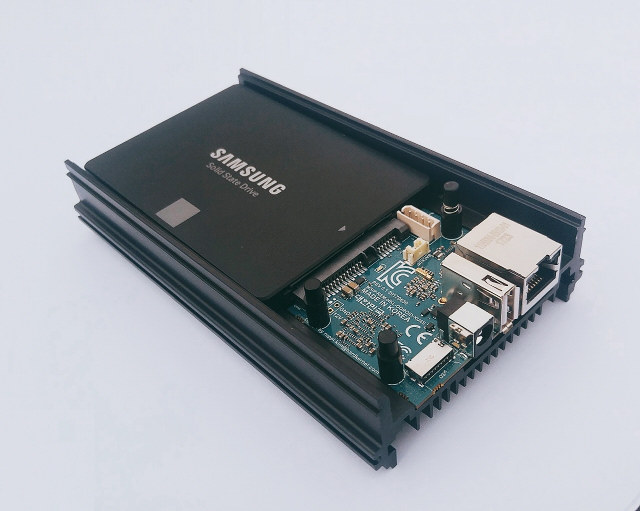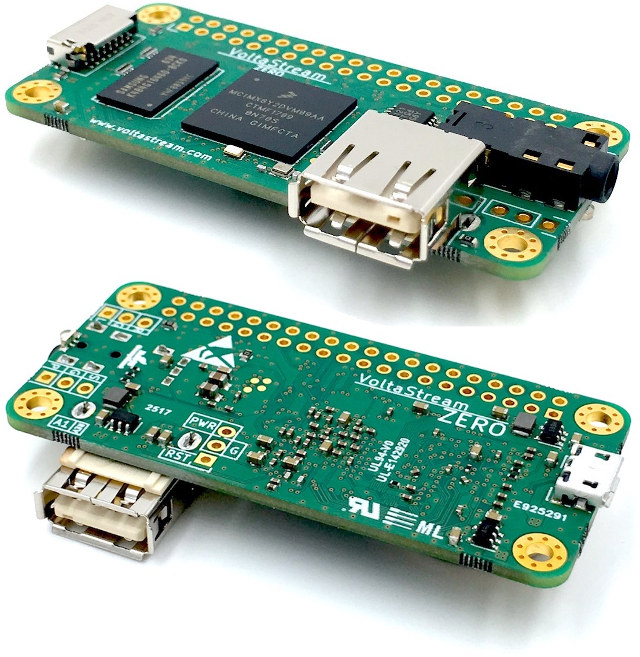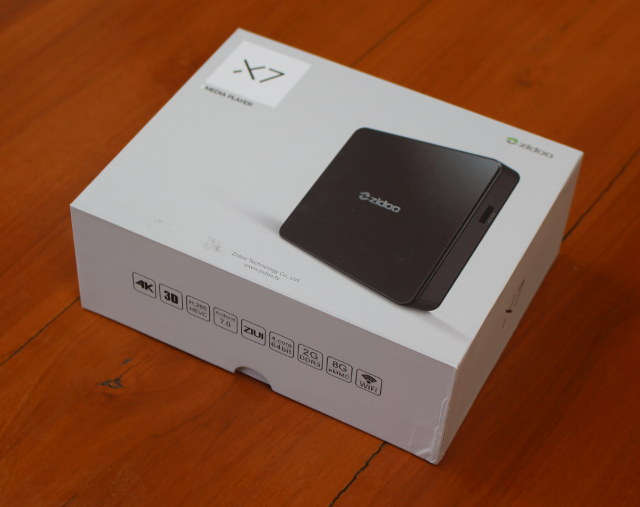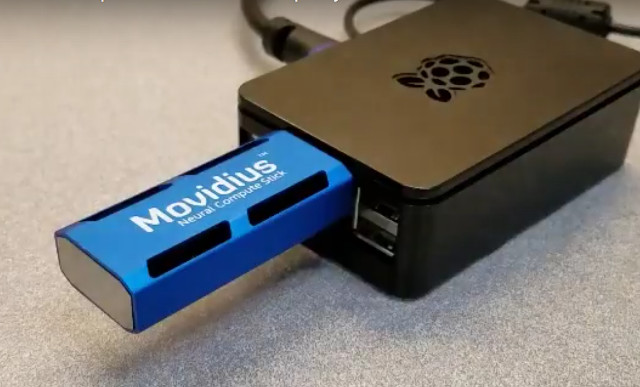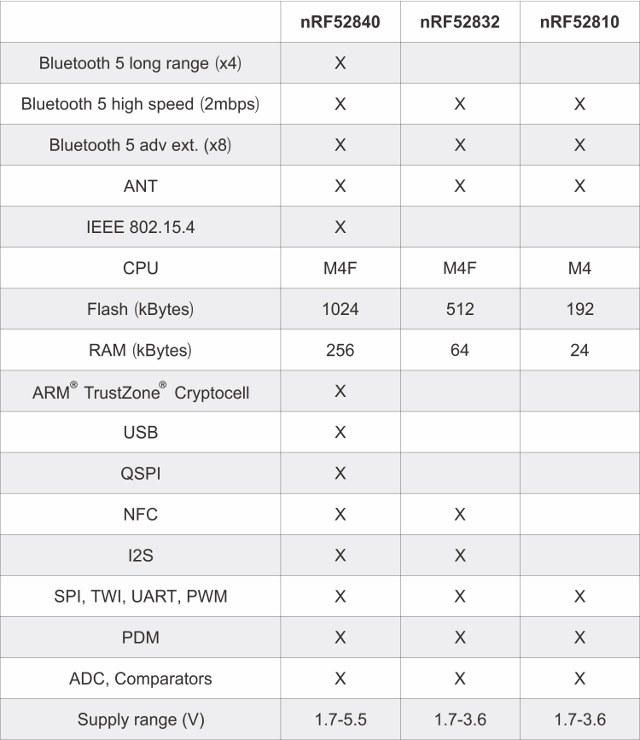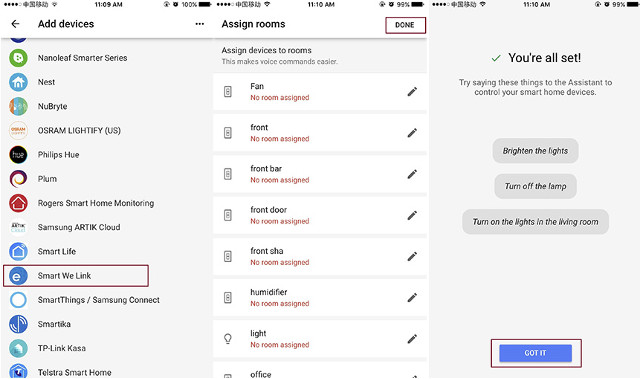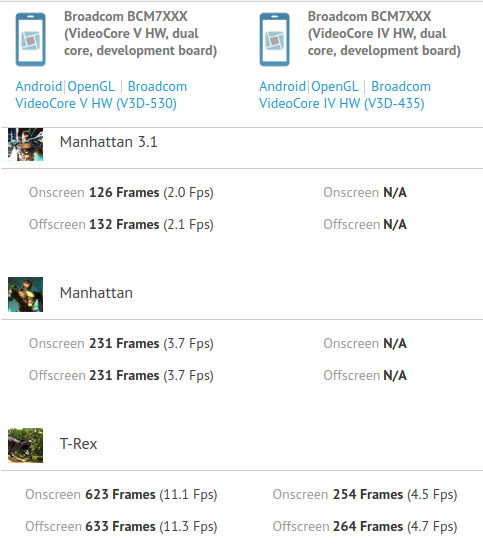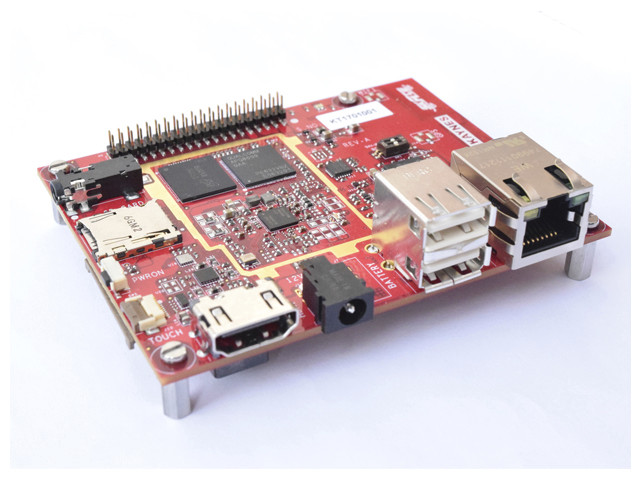Hardkernel ODROID-XU4 board is a powerful – yet inexpensive – ARM board based on Exynos 5422 octa-core processor that comes with 2GB RAM, Gigabit Ethernet, and a USB 3.0 interface which makes it suitable for networked storage applications. But the company found out that many of their users had troubles because of bad USB cables, and/or poorly designed & badly supported USB to SATA bridge chipsets. So they started to work on a new board called ODROID-HC1 (HC = Home Cloud) based on ODROID-XU4 design to provide a solution that’s both easier to ease and cheaper, and also includes a metal case and space for 2.5″ drives. They basically remove all unneeded features from ODROID-XU4 such as HDMI, eMMC connector, USB 3.0 hub, power button, slide switch, etc… The specifications for ODROID-HC1 kit with ODROID-XU4S board should look like: SoC – Samsung Exynos 5422 quad core ARM Cortex-A15 @ 2.0GHz […]
VoltaStream ZERO NXP i.MX6ULL Linux Audio Board Follows Raspberry Pi Zero Form Factor
Back in 2013. Philip came with the idea of designing a development board for audio application, and after various experiments with off-the shelf Raspberry Pi boards and audio DACs, he founded PolyVection company, and started designing the board. Forwarding to today, he has completed his work and introduced VoltaStream ZERO to the world, a board based on NXP i.MX6ULL processor with 512MB or 1GB RAM, and a choice of Texas Instruments DAC. It also follows Raspberry Pi Zero form factor, like the upcoming Banana Pi BPI-M2 Zero board. VoltaStream ZERO specifications: SoC – NXP i.MX6ULL ARM Cortex-A7 processor @ 996 MHz System Memory – 512 MB or 1 GB DDR3 Storage – micro SD card slot Audio 1x I2S for integrated DAC, 1x I2S for GPIO access, 1x S/PDIF header / TOSLINK jack Analog DAC – Texas Instruments PCM5121 (106 dB) or PCM5142 (112 dB) USB – 1x micro USB […]
Zidoo X7 TV Box Review – Part 1: Unboxing & Teardown
Zidoo X7 is another Rockchip RK3328 based TV box that has the advantage of coming with 2GB RAM, 802.11ac WiFi and Bluetooth 4.1, as well as Zidoo firmware support, compared to its cheaper competitors such as A95X R2 TV box. The company sent me a review sample to check out it. As a side note, it was quite a challenge to get the box, as my country of residence enacted a new law requiring a “broadcasting license” to import TV boxes and HDMI dongles, even if you get just one unit, so the first attempt failed to got through customs, but eventually I managed to get the box through a local reseller. Back to the review… As usual I’ll write a first part showcasing the hardware design today, before testing the firmware, and publishing my results next month. Zidoo X7 Unboxing The package shows some of the key features of […]
Movidius Neural Compute Stick Shown to Boost Deep Learning Performance by about 3 Times on Raspberry Pi 3 Board
Intel recently launched Movidius Neural Compute Stick (MvNCS)for low power USB based deep learning applications such as object recognition, and after some initial confusions, we could confirm the Neural stick could also be used on ARM based platforms such as the Raspberry Pi 3. Kochi Nakamura, who wrote the code for GPU accelerated object recognition on the Raspberry Pi 3 board, got hold of one sample in order to compare the performance between GPU and MvNCS acceleration. His first attempt was quite confusing as with GoogLeNet, Raspberry Pi 3 + MvNCS achieved an average inference time of about 560ms, against 320 ms while using VideoCore IV GPU in RPi3 board. But then it was discovered that the “stream_infer.py” demo would only use one core out of the 12 VLIW 128-bit vector SHAVE processors in Intel’s Movidius Myriad 2 VPU, and after enabling all those 12 cores instead of just one, […]
Nordic Semi nRF52840 vs nRF52832 vs nRF52810 Comparison for Bluetooth 5 Applications
Bluetooth 5 was formally introduced earlier this year with promises of four times the range, and twice the speed. Several companies offer chips that are compatible with the new standard, and among them Nordic Semi offers Bluetooth 5 ready solutions via nRF52840, nRF52832, nRF52810 Bluetooth SoCs. However, if you thought – like I did – that all three would provide the same Bluetooth 5 support with just some differences in memory, storage and performance, a comparison table put together by Raytac Corporation will show that among the three SoCs only nRF52840 will support the longer range, while the two older SoC only support the extra bandwidth offered by Bluetooth 5. I could find a blog post about a long range demo that confirms the above: Two nRF52840 Preview Development Kits (PDK) or nRF52832 Development Kits. A combination of the two different kits can also be used. Notice that if the […]
Sonoff Wireless Switches & Light Bulbs Now Work With Google Home
ITEAD Studio Sonoff wireless switches can be controlled by voice commands using Amazon Alexa or Google Home, but so far, the latter was only possible by emulating Belkin Wemo switch in alternative open source firmwares such as ESPurna or Sonoff-Tasmota. For people who don’t want to update the firmware themselves, and instead prefer to use the stock firmware with eWelink mobile app, the manufacturer has now announced support for Google Home, on top of the already supported Amazon Alexa service. The instructions are explained in details in ITEAD’s blog post, but basically, you need to start Google Home app in your mobile, select your Google Home device, go to Home Control to add Devices, select Smart We Link, login to eWelink with your username/phone number and password, name the devices you want to control and you’re done. You should now be able to control devices or rooms with voice commands […]
Work on VideoCore V GPU Drivers Could Pave the Way for Raspberry Pi 4 Board
I’ve come across an article on Phoronix this morning, about VideoCore IV GPU used in Broadcom BCM283x “Raspberry Pi” processors, but part of the post also mentioned work related to VC5 drivers for the next generation VideoCore V GPU, written by Eric Anholt, working for Broadcom, and in charge of the open source code related to VideoCore IV GPU for Raspberry Pi. This led me Eric’s blog “This Week in VC4/VC5” and articles such as “2017-07-10: vc5, raspbian performance“, where he explains he committed Mesa drivers for VC5. I’ve just pushed a “vc5” branch to my Mesa tree (https://github.com/anholt/mesa/commits/vc5). This is the culmination of a couple of months of work on building a new driver for Broadcom’s V3D 3.3. V3D 3.3 is a GLES3.1 part, though I’m nowhere near conformance yet. This driver is for BCM7268, a set-top-box SOC that boots an upstream Linux kernel. I’m really excited to be […]
SKATE-212 Snapdragon 212 Development Kit with 7″ Display is now available for $349
Last month, I wrote about two boards based on Snapdragon 212 processor that can be used for smart speakers, IoT applications, industrial automation, etc..: Intrinsyc Open-Q 212 SBC selling for $595 without LCD, and Kaynes Technology SKATE-212. We did not have that much information about the latter at the time, but the company has now published some photos, more details, and revealed pricing. SKATE-212 single board computer specifications: SoC – Qualcomm Snapdragon 212 quad core Cortex A7 @up to 1.3GHz with Adreno 304 GPU supporting OpenGL ES 3.0, OpenCL, DirectX System Memory – 1 GB LPDDR3 (Expandable upto 2GB) Storage – 8 GB eMMC flash (Expandable up to 16GB) + micro SD slot Video Output / Display – 7″ capacitive touchscreen, full size HDMI port (Only one or the other can be used at a given time) Connectivity – 10/100M Ethernet, 802.11 b/g/n WiFi + Bluetooth 4.x LE, GPS with […]


